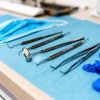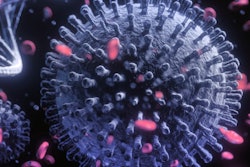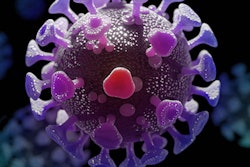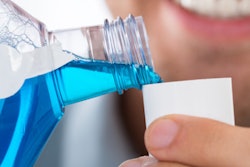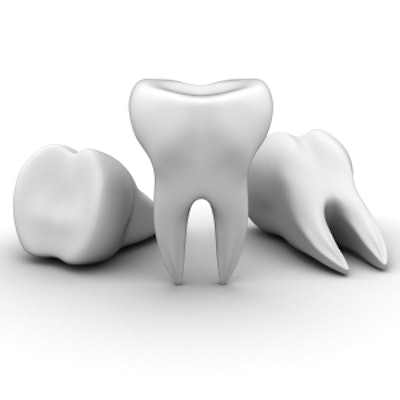
Patients who have a full set of teeth and a clogged nose may be more likely to spread viruses such as SARS-CoV-2, according to a study published on November 12 in the Physics of Fluids.
Individuals with those physiological features may be more likely to spread infections because when they sneeze, the respiratory droplets that discharge from the nose and mouth travel much faster and farther, the authors wrote.
"Such factors may partly relate to how the immune system of a human has evolved to prevent transmission or be an underlying factor driving superspreading events in the COVID-19 pandemic," wrote lead author Douglas Fontes, PhD, from the Florida Space Institute at the University of Central Florida, and colleagues.
Features affect flow
People can become infected with SARS-CoV-2, the virus that causes COVID-19, via another person's respiratory droplets. Learning more about factors affecting these droplets can improve efforts to control the spread of the virus. The configuration of individuals' nasal and buccal passages varies, depending on their anatomy and pathophysiology.
When someone coughs, sneezes, or breathes, the person's unique features affect the flow of expelled droplets. With a clear nasal passage, the droplets have two paths for expiration -- the mouth and the nose. However, when people have nasal congestion due allergies or a deviated septum, the air velocity coming from the mouth is increased when they sneeze. Having a full set of front teeth also changes the flow trajectory of droplets during respiratory events.
The researchers used 3D modeling that included the throat, nasal, and buccal passages and numerical simulations to see how different physiological factors affected the droplets during sneezing:
- A person with a full set of teeth and a clear nose
- A person with no teeth and a clear nose
- A person with no teeth and a congested nose
- A person with a full set of teeth and a congested nose
The researchers added a barrier beneath the upper surface of the mouth exit to represent obstructions caused by teeth. Similarly, for the congested scenarios, the simulated nasal passages received extra obstruction to impede flow, the authors noted.
Teeth make a difference
For a sneeze, obstructing the nasal passage increases the maximum flow velocity in 52% for a mouth with teeth; without teeth, the result was 15%. Also, a "mouth with teeth increases the maximum flow velocity by approximately half and double for open and blocked nasal cavities, respectively," they wrote.
Additionally, a sneeze with congestion can yield a 300% rise in droplet content at about 6 ft and an increase of more than 60% in spray distance five seconds after the respiratory event, according to the authors.
Though the work offers useful information on the potential of pathogen transmission, further studies are needed, the authors noted.
"Differences in the nasal/buccal passages have a dramatic impact on the spray characteristics that are associated with pathogen transmission rates," they concluded.


